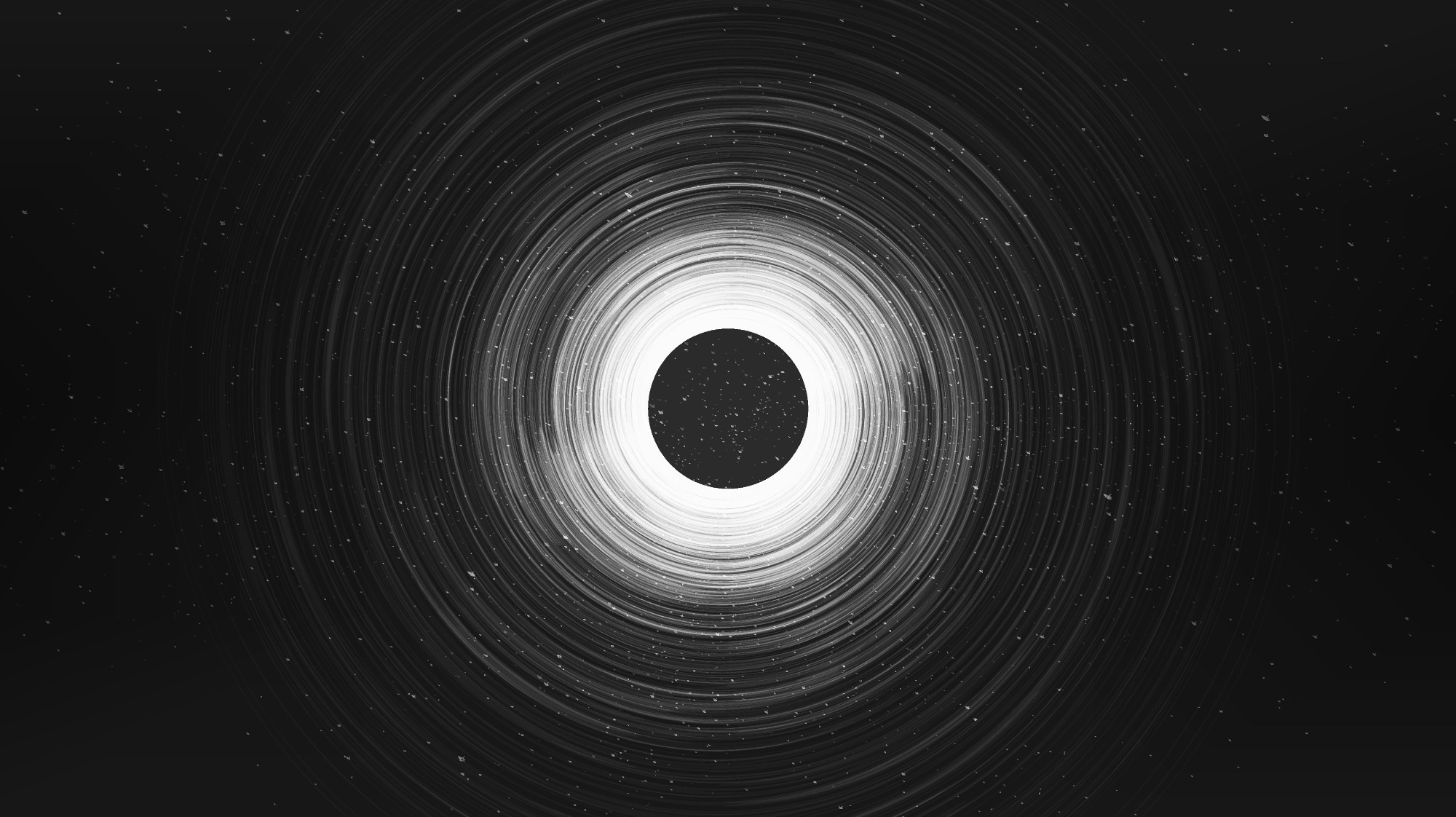The puzzling physics present behind what an astrophysicist has called “one of the most violent events you can imagine in the universe,” has been shown by new observations of two black holes colliding close to the speed of light.

Image Credit: Varunyuuu/Shutterstock.com
It’s a bit of a crazy thing to blast two black holes head-on very close to the speed of light. The gravitational waves associated with the collision might look anticlimactic, but this is one of the most violent events you can imagine in the universe.
Thomas Helfer, Postdoctoral Fellow, Johns Hopkins University
The study, which has been recently reported in the journal Physical Review Letters, is the first elaborate look at the aftermath of such a cataclysmic clash and displays how a remnant black hole would develop and transmit gravitational waves over the cosmos.
Black hole mergers are considered to be one of the few events in the universe that are highly energetic to generate detectable gravitational waves, which carry energy generated by enormous cosmic collisions. Similar to ripples in a pond, these waves flow via the universe distorting space and time.
However, unlike waves traveling via water, they are extremely small and propagate through “spacetime,” the mind-bending idea that integrates the three dimensions of space with the idea of time.
If a gravitational wave goes through me, it makes me a little thinner and a little taller, and then a little shorter and a little fatter. But the amount by which it does that is about 100,000 times smaller than the size of an atomic nucleus.
Emanuele Berti, Study Co-Author and Physicist, Johns Hopkins University
Physicists are aware of the fact that the waves emitted following black holes merge by easing general relativity—Einstein’s theory of how gravity functions, using equations that neglect delicate but significant gravitational effects of the merger.
Berti thinks that method is biased because it depends on “linear approximations,” the assumption that the gravitational waves generated during the merger are feeble.
Even though it is almost impracticable for black holes to collide at highly extreme speeds, simulating such a crash produced signals quite strong for the team to detect nonlinearities or gravitational effects that could not be discovered with the theory’s simple version.
The study outcomes imply that black hole mergers cannot be studied with the help of linearized equations and that existing models of such events need to be tweaked, if not altered completely.
General relativity is nonlinear, which means that the gravitational waves themselves will also produce more gravitational waves.
Mark Ho-Yeuk Cheung, Study Lead and Doctoral Physics Student, Johns Hopkins University
Furthermore, the research group spotted such alleged nonlinearities by examining simulations of two black holes merging after orbiting each other. It is a scenario that represents what takes place in the universe in a more realistic manner.
A study of similar simulations by an independent team of scientists at Caltech appears in today’s Physical Review Letters and finds similar outcomes.
Cheung stated, “It's kind of a big deal because we cannot forget about the complications if we really want to understand black holes. Einstein’s theory is a beast; the equations are really complicated.”
The authors of the study include Vishal Baibhav, of Northwestern University; Vitor Cardoso, of the Niels Bohr Institute and University of Lisbon; Gregorio Carullo, of the Friedrich Schiller University Jena; Roberto Cotesta, of Johns Hopkins; Walter Del Pozzo, of University of Pisa; Francisco Duque, of University of Lisbon; Estuti Shukla, of Pennsylvania State University; and Kaze Wong, of the Flatiron Institute. Baibhav and Wong are former Johns Hopkins students.
This study was financially supported by the Croucher Foundation, NSF Grants No. AST-2006538, PHY-2207502, PHY- 090003 and PHY-20043, and NASA Grants No. 19-ATP19-0051, 20-LPS20- 0011 and 21-ATP21-0010.
Also, this work was produced with computational resources at the Maryland Advanced Research Computing Center and the Texas Advanced Computing Center.